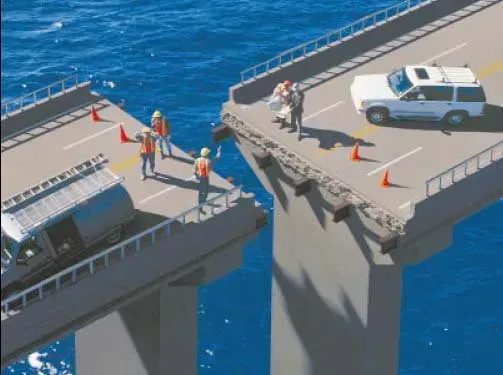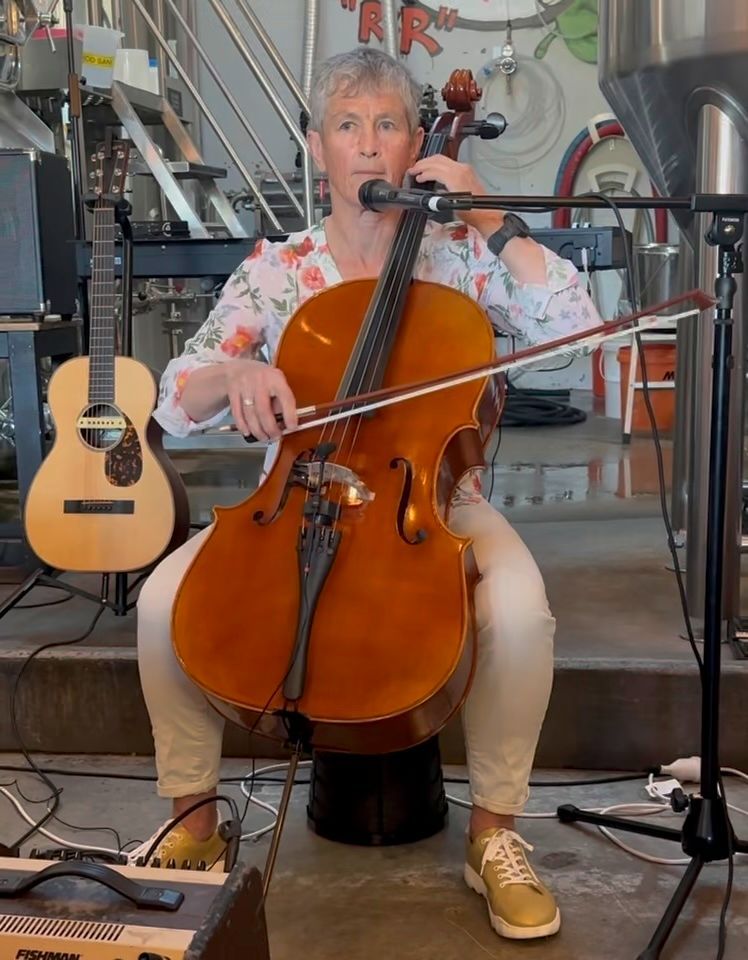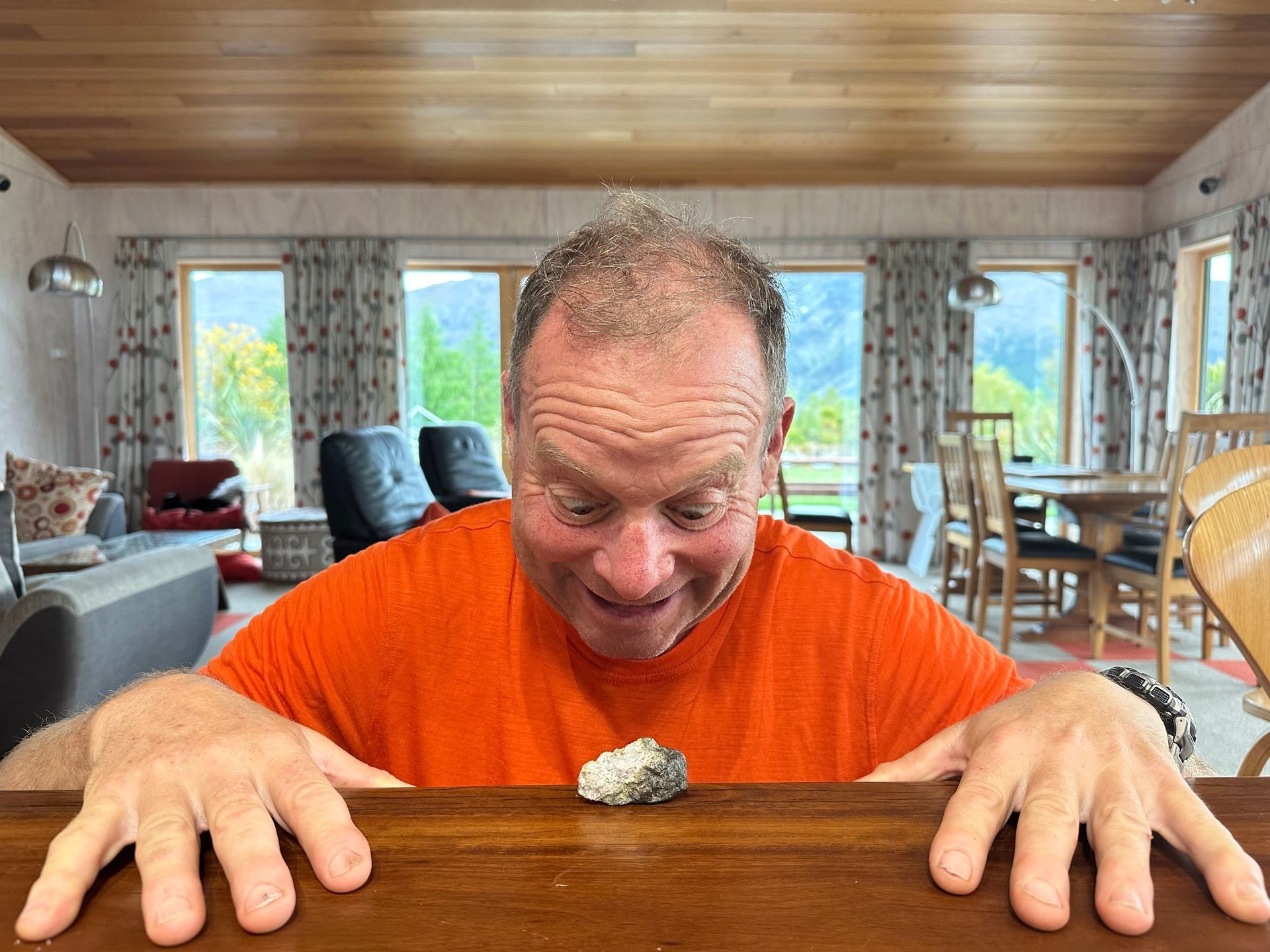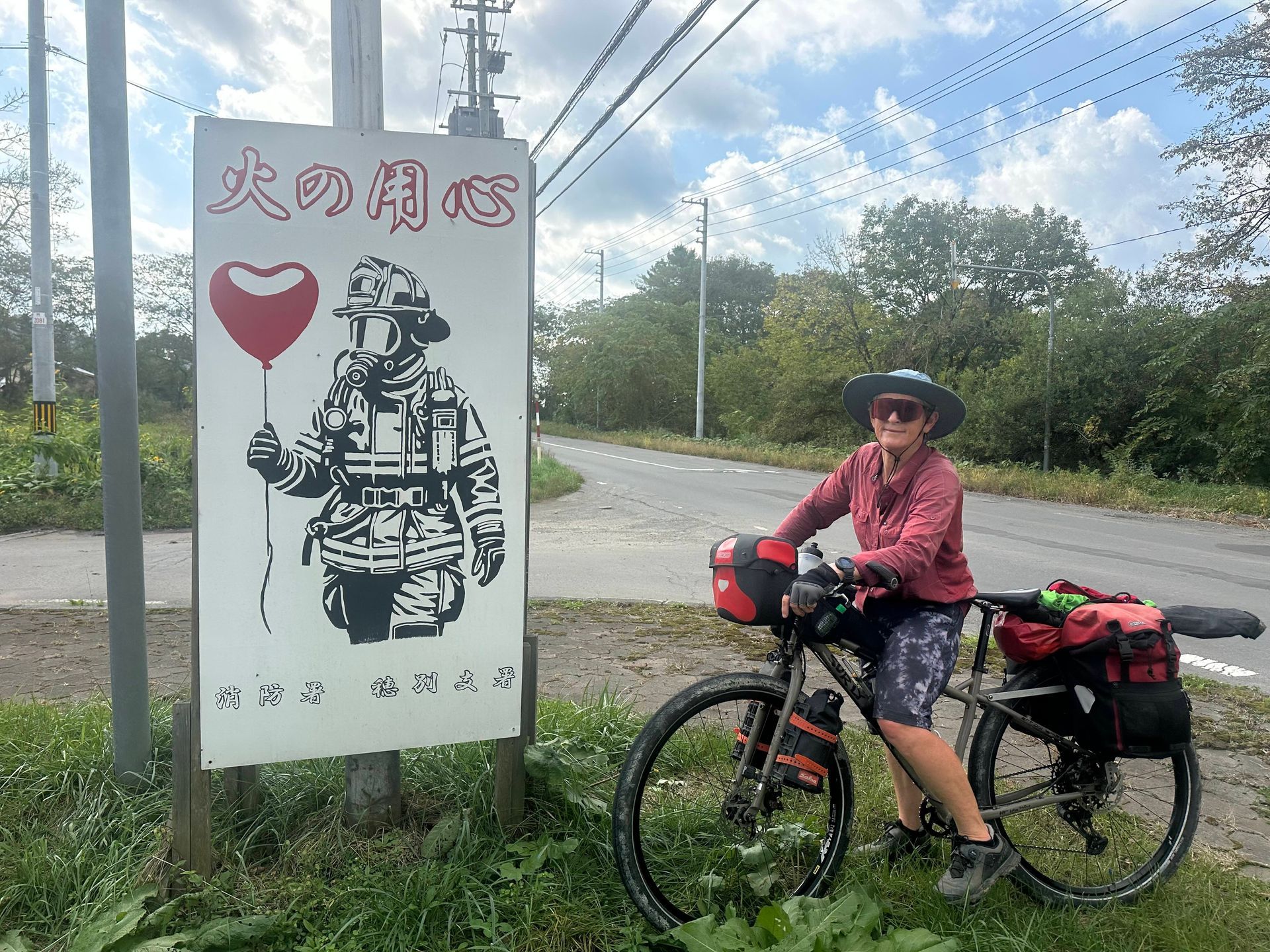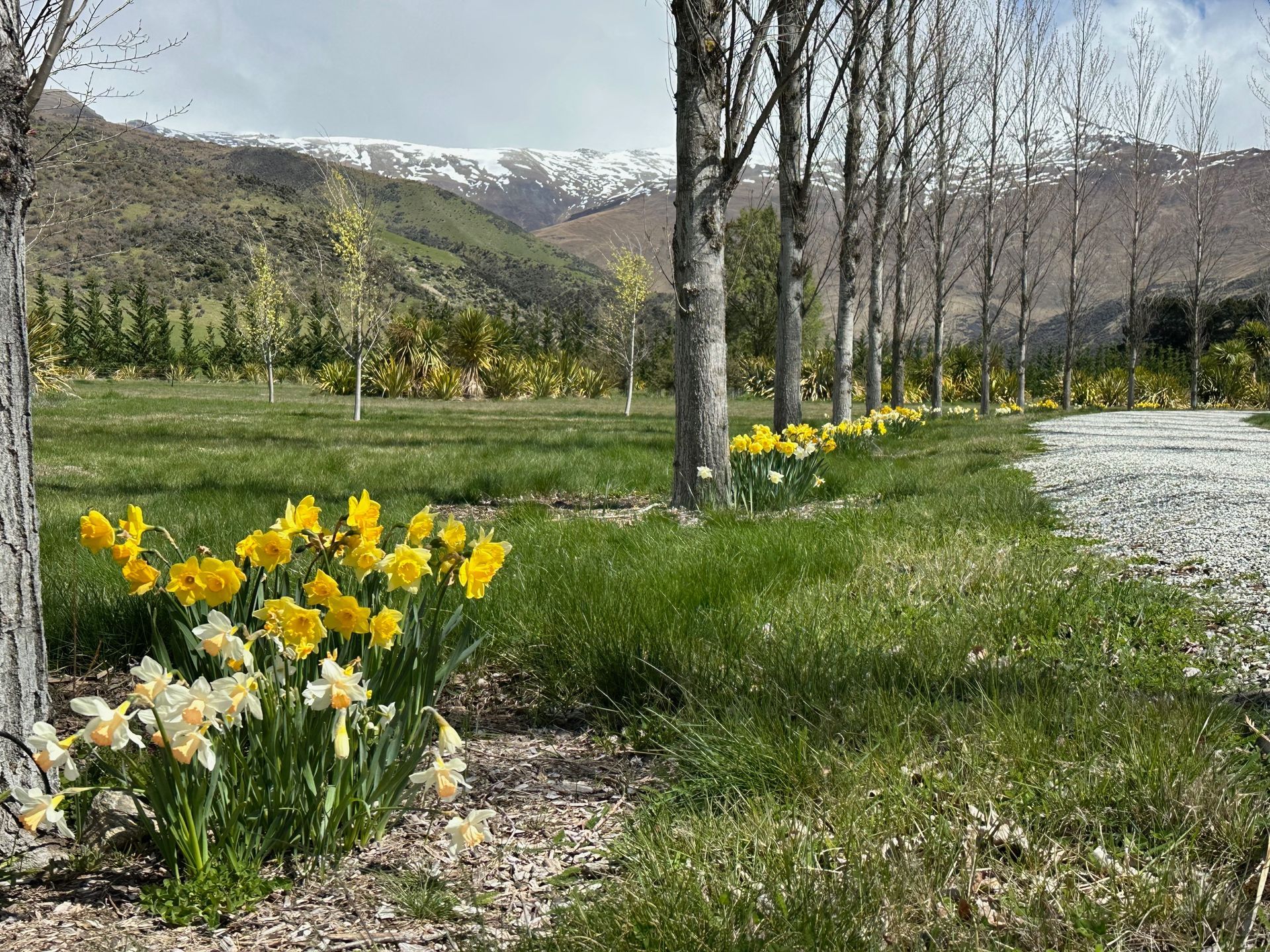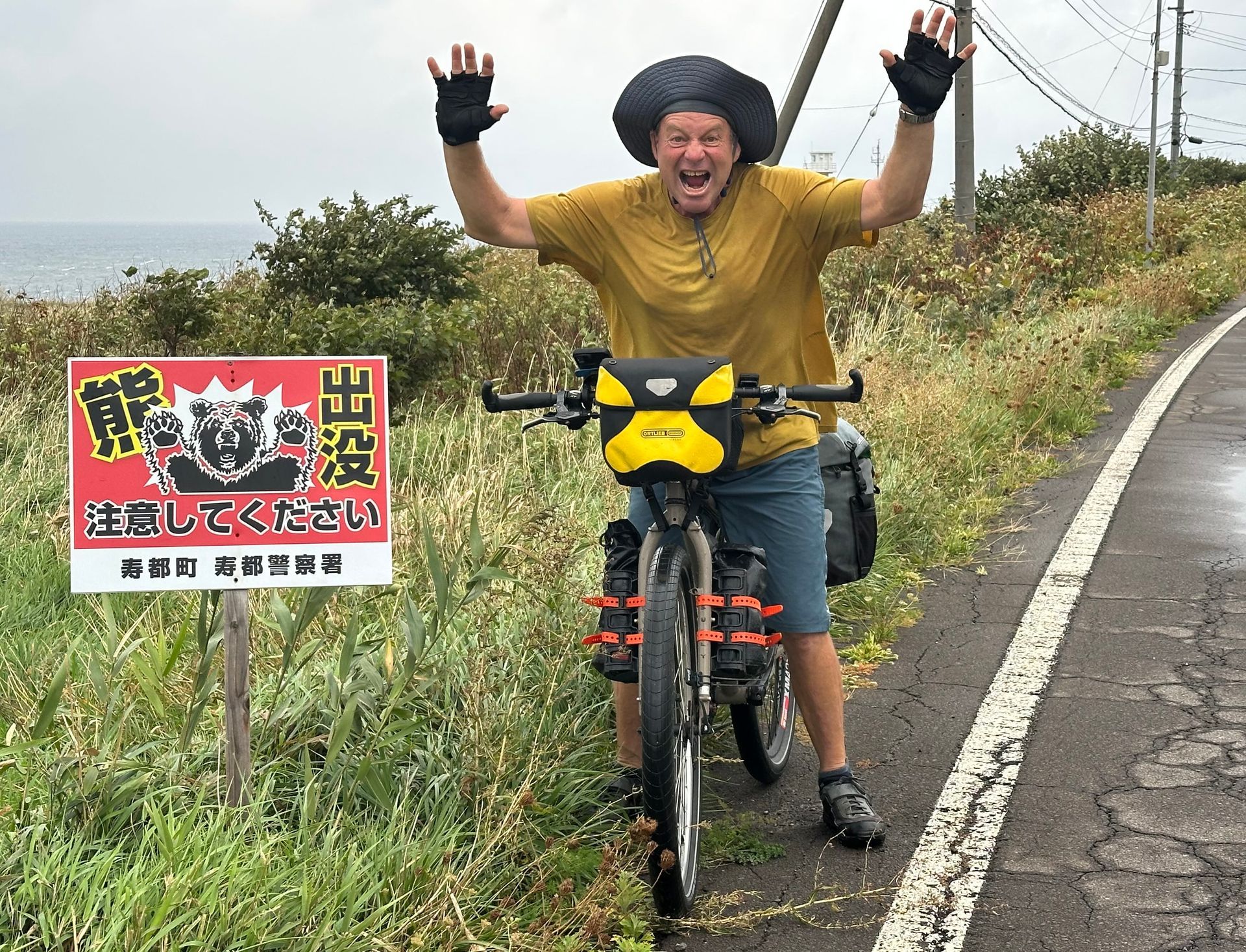Can I sell you a bridge?
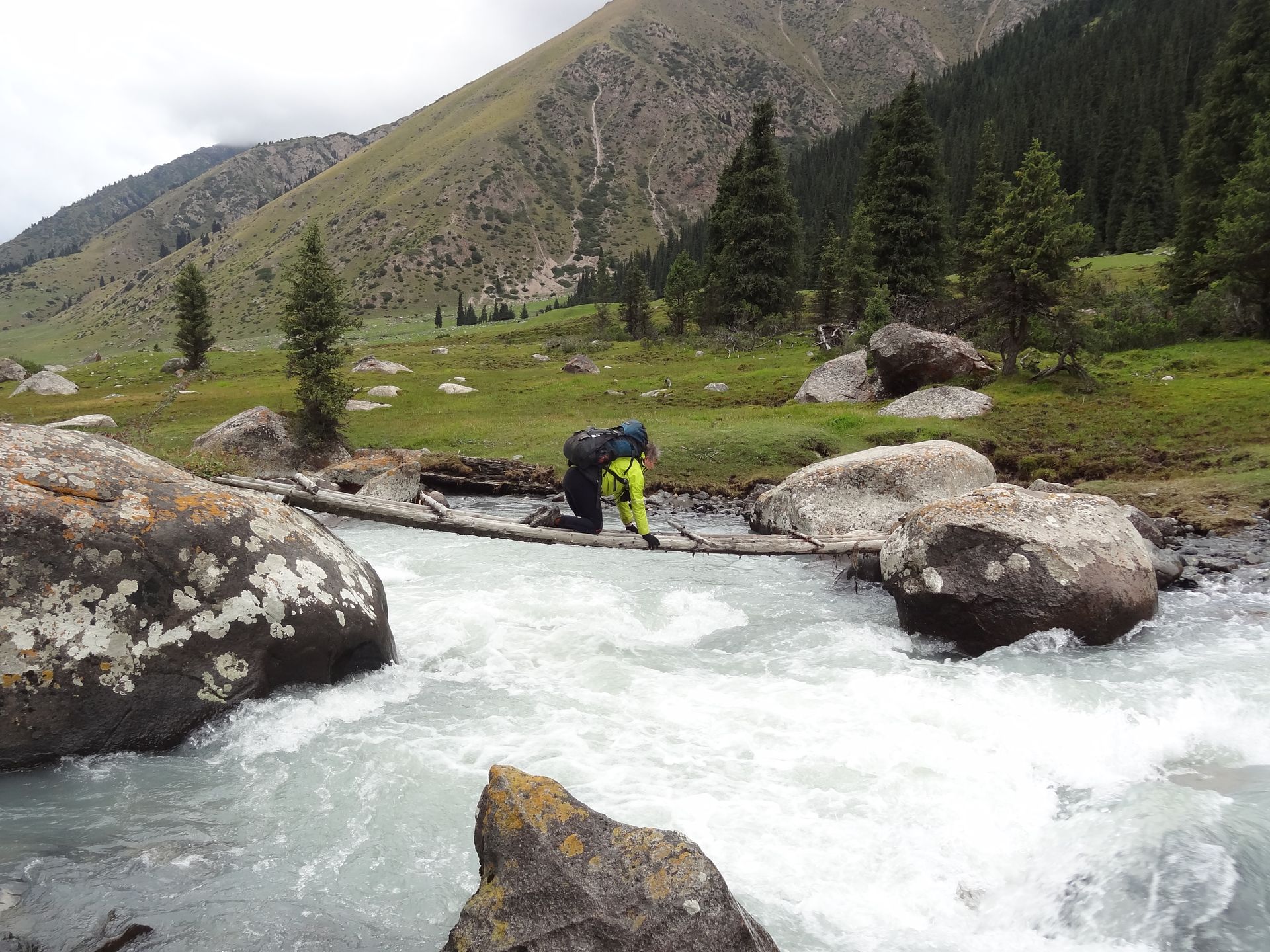
This bridge in east Kyrgystan is cheap and easily replaceable, although the bridge-crossing experience leaves a little to be desired
Can I sell you a bridge?
Or a tunnel? Or both? Bright, shiny and new. Bargain price. Or maybe not a bargain at $15 to $25 billion dollars. However, think of the opportunities!
There are opportunities to protect and enhance Te Waitematā. The best way of doing this is to bore two tunnels under the harbour. Why this protects and enhances the harbour, I’m not exactly sure. Because there won’t be more visual obstructions of the harbour through another bridge? The construction phase won’t likely protect or enhance any environment. Nor will the extra traffic. More explanation is required from those proposing the options.
There are opportunities to increase active transport – biking, scooting, skating, walking – and public transport, through repurposing the existing bridge, or putting these activities on a new bridge. You can look forward to being able to use active transport across the harbour 10 to 15 years from now; that’s not too long to wait, is it? What, you want to be able to use the existing harbour bridge now? Bad luck, that’s already allocated to the cars. Doing things better takes time.
There are opportunities to be more efficient. Presumably that means getting across the harbour quicker. If the new bridge allows you to use active transport to cross the harbour you will be infinitely quicker than before, because currently you simply can’t get across self-powered, other than in a watercraft. However, using active transport is a good deal less 'efficient' than using a motor-powered vehicle if efficiency is speed. But we want people to use active transport more to reduce environmental impacts and result in health benefits. Inefficient. Hmmm … I’m not so clear about the efficiency goal.
There are opportunities to be more resilient. Resilience means providing different options for travel – if one option is taken out, another is still functional e.g. high winds disrupt road transport but traffic can still go through a tunnel. This is a valid concern. Let’s hope a volcano doesn’t happen to pop up in the vicinity; Auckland is an active volcanic area. However, a new volcano would be a much bigger problem for Auckland than worrying about sunk dollars in waste bridge infrastructure.
I could ask why we want to facilitate more car transport across a new bridge and/or through a tunnel, when the headline goal of Auckland Transport’s ‘Sustainable Transport Plan’ is safer and more sustainable transport? And the government says its goal is reducing emissions from the city’s largest source of greenhouse gases – transport. How does helping more cars cross the harbour more efficiently relate to those goals? It is well proven that, if you provide roading networks for more traffic what you get is, more traffic. More traffic is not more sustainable, nor will more traffic reduce greenhouse gases.
What is the easiest way of encouraging people to use private vehicles less and meet central and local government goals? It’s not by making it easier to drive. It’s by making it easier and quicker to choose an option other than driving – public transport and active transport, or simply living nearer to the things you need. There’s going to be a point at which people aren’t going to want to sit in traffic jams, or won’t have time to do so. Then they might change their mode of transport, or the place they live, or the place they work relative to where they live, or the place their children go to school relative to where they live. While we keep providing easier options, people mostly won’t change.
It seemed like government had a easy option last year when cyclists called for a lane of the existing Auckland Harbour Bridge to be turned over to active transport. Sadly, that didn’t get a look in. Waka Kotahi said it couldn't be safe enough, though they didn't explain what the issues were. What might the cost of that risk be compared to billions of dollars expenditure on new options? How much healthcare might one get for the money? It's a pity the Transport Minister didn't pull rank over Waka Kotahi to force a trial.
Using the current bridge for active transport remains an experiment that still could be conducted. We could find out whether transport behaviours might change? Could we even save $30-50 billion dollars – I’m estimating the new harbour crossing project will cost twice whatever it is currently budgeted at, because that seems to be the way of things for massive government infrastructure projects. And it will likely take twice as long – that’s only about a generation from now we'll achieve a new crossing!
Another matter not discussed much yet is, how we are going to find the tens of billions of dollars for a new harbour crossing. Has the government become so accustomed to printing money they think we have an endless supply of it? Are they not looking at what’s coming up the chain for New Zealand – costs of relocating people as a result of climate change, reduction in income from primary production where environmental costs are finally being seen as too high, reduction in tourism income as the penny finally drops that long haul tourism is not environmentally sustainable? And that's just a few of the influences that will likely reduce our income as a nation.
“Hello government,” I’d like to say. “Anybody thinking about how we live within our means, which are likely to be shrinking? This isn’t the time to look to expand, it’s the time to figure out how to maintain what we have, or even reduce our infrastructure that we cannot currently maintain. Is what we need more roads? Or is it more healthcare? Better education? People who work less and enjoy owning less while doing more? Do we need all those things in ‘15 minute cities’, where you can access almost everything you need within 15 minutes of your home?”
Do you think anyone would be listening?
